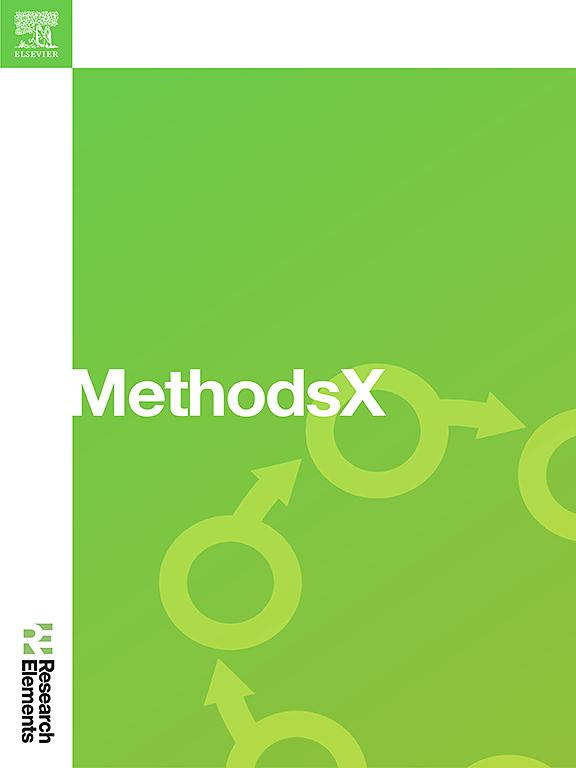Simulating forage plantain growth and defoliation in APSIM
IF 1.9
Q2 MULTIDISCIPLINARY SCIENCES
引用次数: 0
Abstract
The methodology used to develop and test a crop system model to simulate growth and defoliation management of plantain forage (Plantago lanceolata L.) in the Agricultural Production Systems Simulator (APSIM) framework is presented. The model has been primarily developed based on data from New Zealand, but it should be applicable in other regions, and it can be extended to account for new cultivars being released in the market. The model is capable of simulating pure forage plantain stands and can also be used in mixed swards with other forage species within the APSIM framework. Validation tests for the current stage focused on pure forage plantain stands in New Zealand; results showed a good model performance when predicting biomass accumulation over a growing season and nitrogen content (with NSE > 0.8), although predictions for individual defoliation events were not very accurate (NSE between -1.0 and 0.6). More data is needed to improve how the model describes biomass partition among plant organs and how this is affected by environmental conditions and defoliations. This model contributes to the ongoing efforts to explore alternative crops and improve management of grazing systems, aiming to reduce environmental impacts while maintaining productivity.
- •Data to describe various aspects of plantain forage were gathered from literature and field trials
- •Model built to simulate plant growth and re-growth after defoliations within APSIM
- •The model can be used in monoculture and mixed swards

APSIM模拟饲用大车前草生长和落叶
本文介绍了在农业生产系统模拟器(APSIM)框架下开发和测试作物系统模型以模拟车前草(Plantago lanceolata L.)生长和落叶管理的方法。该模型主要是根据新西兰的数据开发的,但它应该适用于其他地区,并且可以扩展到考虑市场上发布的新品种。该模型能够模拟纯牧草大车前草林分,也可以在APSIM框架下用于与其他牧草种混合的草地。现阶段的验证试验集中在新西兰的纯牧草大车前草林分;结果表明,该模型在预测生长季生物量积累和氮含量方面表现良好。0.8),尽管对个别落叶事件的预测不是很准确(NSE在-1.0到0.6之间)。需要更多的数据来改进该模型如何描述植物器官之间的生物量分配,以及这种分配如何受到环境条件和落叶的影响。这一模式有助于探索替代作物和改善放牧系统管理的持续努力,旨在减少对环境的影响,同时保持生产力。•从文献和田间试验中收集了描述大蕉饲料各个方面的数据•在APSIM中建立了模拟植物生长和落叶后再生长的模型•该模型可用于单作和混合草地
本文章由计算机程序翻译,如有差异,请以英文原文为准。
求助全文
约1分钟内获得全文
求助全文
来源期刊

MethodsX
Health Professions-Medical Laboratory Technology
CiteScore
3.60
自引率
5.30%
发文量
314
审稿时长
7 weeks
期刊介绍:
 求助内容:
求助内容: 应助结果提醒方式:
应助结果提醒方式:


